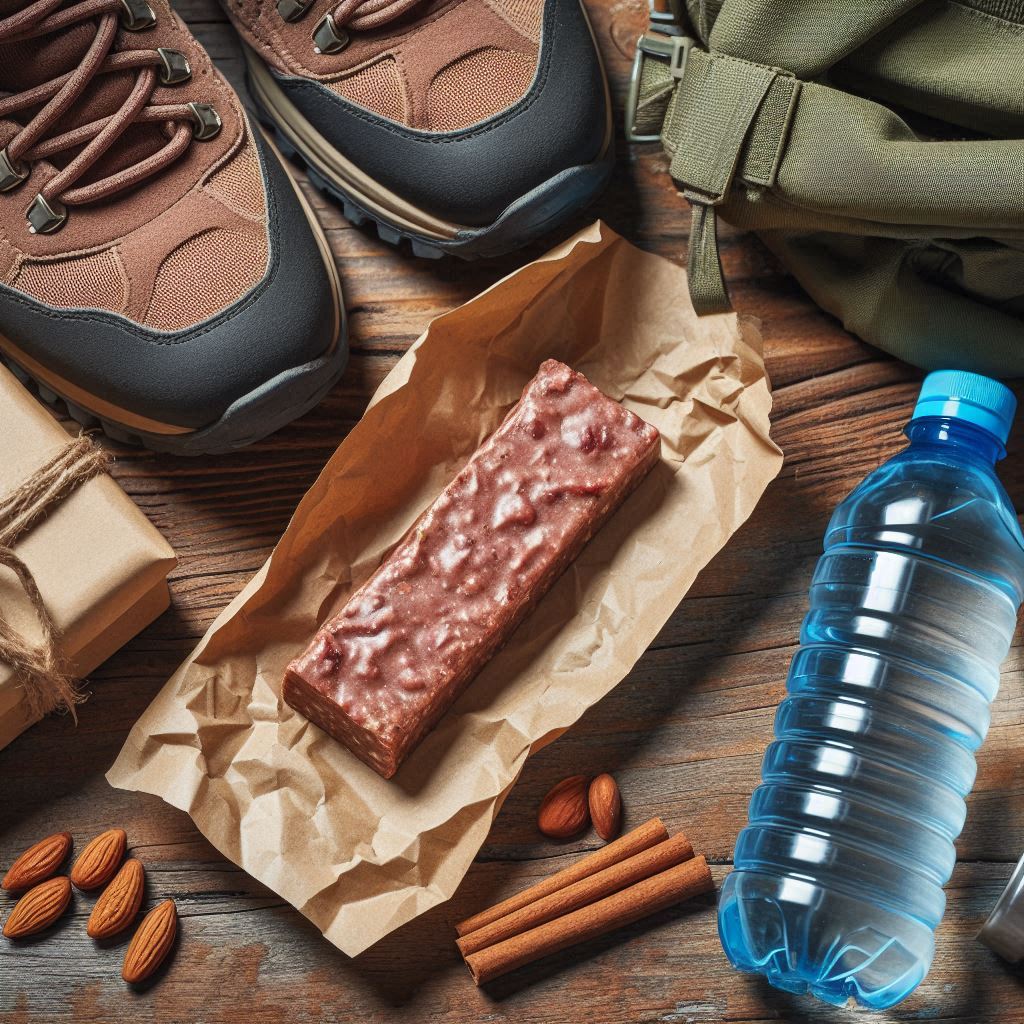How To Pack Perfect Hiking Snacks: Keeping Nutrition In Mind

Hiking can be both exhilarating and demanding, and the key to making the most of it is good nutrition. Keeping your body fueled with the right snacks ensures you’re not lagging behind the rest of the group or cutting your adventure short.
It’s crucial to strike a balance—your snacks need to offer enough calories and nutrients to keep you going without weighing down your backpack. We’re talking energy, taste, and nutrition all in one package. Whether you’re aiming for a leisurely stroll or tackling a daunting trail, snacks play a pivotal role in sustaining your energy levels.
Grabbing a random snack before you hit the trail might work sometimes, but having a well-thought-out plan is a game-changer. Knowing which snacks work best with your body and the kind of hike you’re embarking on is key to a successful trip.
The goal here is to set you up with everything you need to pack the perfect snacks. From crunch-inducing nuts to delightful dried fruit, we’re laying down the fundamentals that make every munch along the way count. No more aimless nibbling—let’s get you prepared with snacks that are as strategic as they are satisfying.
Best Prepackaged Snacks for Hiking
When prepping for a hike, grabbing a few prepackaged snacks can save a ton of time and effort. They’re convenient, mess-free, and often packed with the nutrition you need to keep going without a hitch.
Start by looking at the labels. Not all snacks are created equal, so eye out for those with a good mix of carbs, proteins, and fats. Brands like Clif Bar, KIND, and RXBAR are known for delivering on both taste and nutritional value.
Prepackaged snacks can have a downside too. Some might be loaded with hidden sugars or preservatives. Sticking to options that highlight natural ingredients is a safe bet.
Always consider the nature of your hike. For a shorter, less intense trip, light snacks like granola bars or banana chips could do the trick. For those longer treks? You might want to opt for something more substantial, like a protein-packed beef jerky.
Remember, these snacks should serve a double purpose: handy munchies when you’re on the go and nutritional powerhouses that actually support your hike’s demands. Planning this right means having more energy to appreciate the trail and less worry about running out of steam halfway through.
Prepackaged snacks are the heroes of extensive hikes with their extended shelf life and easy portability. Popping a few into your pack might just be the smartest move for a quick fix when hunger strikes.
Budget-Friendly Snacks: Nutritious Options That Won’t Break the Bank
Hiking doesn’t need to empty your wallet, especially when it comes to snacks. Plenty of cost-effective options are out there if you know where to look. Balancing budget with nutrition might seem tricky, but it’s totally doable with a bit of creativity and planning.
Start at your local grocery store and focus on basics like nuts, seeds, and dried fruits. These can often be bought in bulk, which not only saves money but also lets you mix your own trail blend. Think raisins, almonds, and sunflower seeds for a homemade combo that’s easy on the wallet.
Finding sales on items like granola bars or energy bites can also be a game-changer. Many stores offer discounts if you buy in larger quantities, so stocking up when you can is smart. Check out dollar stores, too – they might surprise you with what they have lurking in the snack aisle.
Budget-conscious choices don’t mean you have to skimp on variety or nutrition. For carbs, consider whole-grain crackers or rice cakes, which are typically inexpensive and can be paired with protein sources like peanut butter or cheese before you hit the trail.
It’s not just about finding cheap snacks but choosing ones that keep you full and energized without the price tag. By smart shopping and planning ahead, you keep your hiking adventures fun and fulfilling without financial strain.
DIY Delights: Crafting the Best Homemade Snacks for the Trail
Homemade snacks let you take control over what goes into your body, and they can be a fun way to flex your kitchen skills. Imagine creating trail-compatible bites tailored to your taste and dietary needs.
Think energy bars mixed up with oats, honey, and a dash of your favorite nuts. Sounds good, right? They’re super easy to make, and you can wrap them individually for easy snagging as you ascend those rugged trails.
Dehydrating fruits is another fantastic option. Slice up some apples or bananas and let them dehydrate overnight. They maintain flavor and texture but pack a punch in energy without dragging you down with unnecessary sugars.
Variety is the name of the game. You can try savory options like homemade granola seasoned with a bit of sea salt and herbs. Or how about mixing up a spicy nut blend for a kick of flavor?
Homemade snacks aren’t just about impressing your trail buddies—they’re about creating a lasting food source that boosts your performance and keeps you satisfied. Once you start DIY-ing, there’s no telling how creative your snack choices will become.
Expert Recipes: Packed with Nutrition for Extended Backpacking Trips
Extended backpacking trips pose a unique challenge when it comes to maintaining energy levels. The keyword here is calorie density—picking snacks that offer maximum energy without taking up too much space.
Think of energy bars that aren’t just calorie-rich but balanced. Homemade options can include a mix of oats, nuts, and dried fruits, combined with a binding agent like honey. These compact sources of fuel can make all the difference on those long trails.
Trail mix, a classic favorite, can be tailored with your choice of ingredients. Incorporating dark chocolate bits, coconut flakes, and your preferred nuts can introduce variety, making snack breaks something to look forward to.
Don’t overlook the power of dehydrated meals. Lightweight yet filling, these meals can be prepared with ingredients like quinoa, dehydrated veggies, and spices all mixed using boiling water from your camp setup—perfect for a substantial meal after a day of hiking.
For those mindful of dietary restrictions, try prepping batches of gluten-free or vegan bars. Ingredients like chia seeds, almond butter, and dates can be compressed into energy balls or squares, which offer both flavor and necessary nutrition.
Proper storage and prep methods can make your creations last longer, keeping your backpacking adventure worry-free. Vacuum sealing snacks or using airtight containers can preserve freshness and prevent spoilage through big expeditions.
Conclusion: Creating a Balanced Hiking Snack Plan
Crafting the ideal hiking snack plan means going beyond just picking random items from your pantry. It’s about understanding your body’s needs and matching those with the demands of the trail. After all, what works for a casual day hike might not cut it for a multi-day backpacking trek.
Start by listing out your favorite snacks from the prepackaged and homemade categories, paying attention to how each choice fits into your plan for either budget-friendly trips or those calorie-packed expeditions.
Keep experimenting with different combinations—maybe mix in some new finds from the previous sections alongside your trusted staples. The idea is to avoid snack fatigue and keep things exciting while remaining practical.
Adjust the ratios based on the intensity and length of your hike, considering factors like elevation gains and drop in temperature, which can impact your energy levels and nutritional requirements.
The key is to pack a balanced selection that you look forward to munching on, providing both quick energy boosts and more sustained fuels throughout your journey.
Fine-tune this selection by checking how you feel after each hike—were you full of energy or left wanting? Your hiking snack plan should be as dynamic and thrilling as the trails you take, shaping itself around you to enhance every adventure.


Leave a Reply